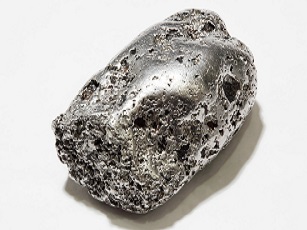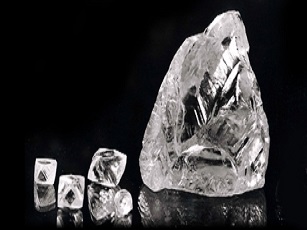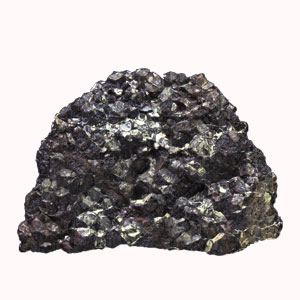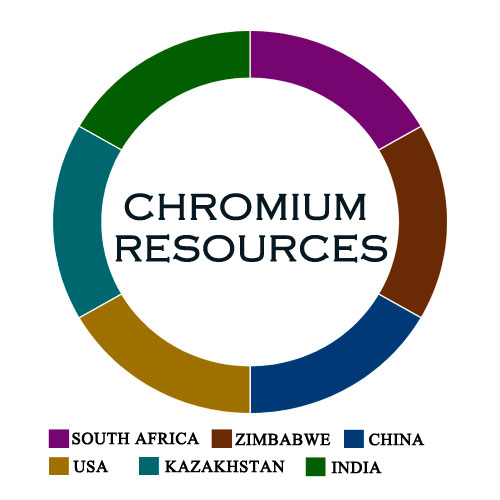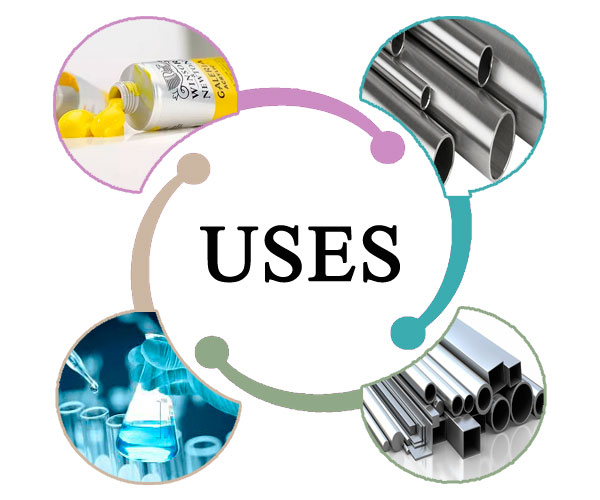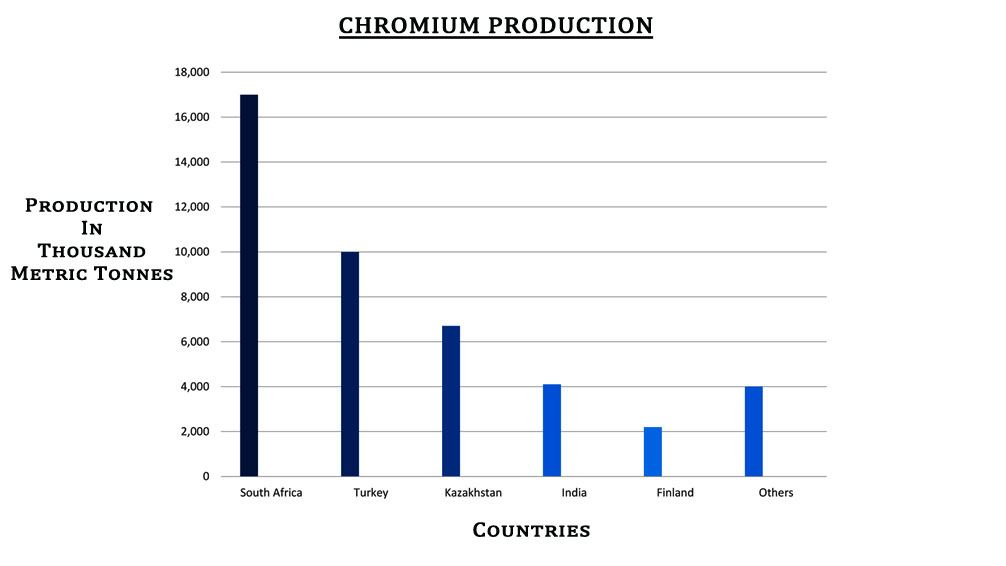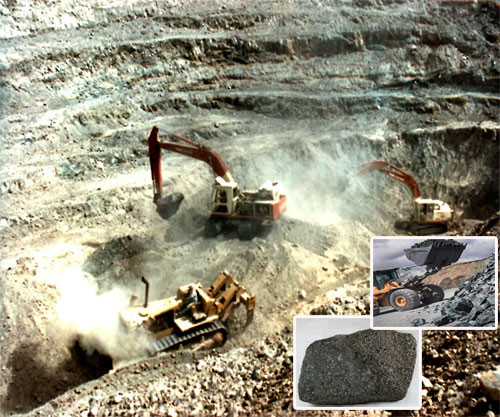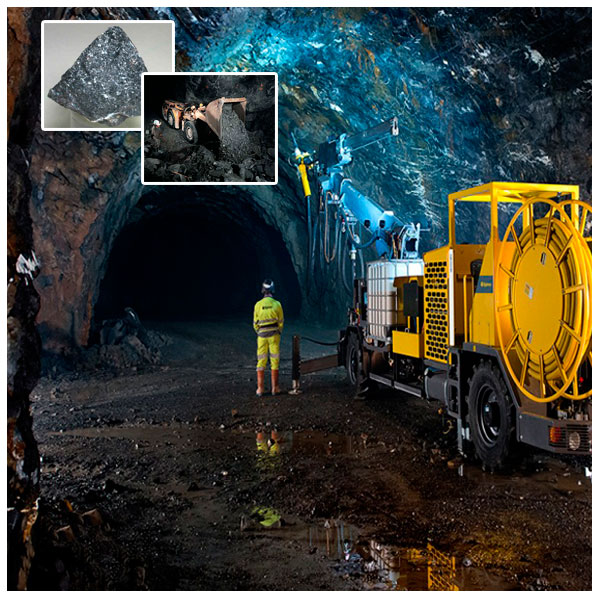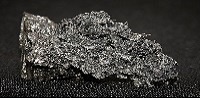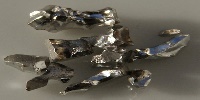Chromium Mining
CHROMIUM :
Chromium is a chemical element with the symbol Cr and atomic number 24, belonging to the first element in group 6. It is a steely-grey, lustrous, hard, and brittle transition metal. Used extensively across various industries, chromium is primarily utilized in the production of stainless steel and other alloys.
Additionally, chromium finds application in the manufacturing of paints, dyes, inks, and chemicals. The extraction of chromium predominantly occurs from chromite ore, which is commonly found in sand-like particles. Traditional surface and underground mining techniques are employed for chromite ore extraction, with open-pit mining being the prevalent method, involving the excavation of large pits to retrieve the ore. Following extraction, the ore undergoes processing and separation into various chromite forms.
Chromium mining poses inherent risks due to working in hazardous conditions and handling dangerous materials. Moreover, it exerts a notable environmental impact, potentially contaminating water sources and surrounding land with hazardous chemicals. Hence, stringent regulation and monitoring of chromium mining operations are imperative to ensure their safe and efficient execution.
RESOURCES:
Chromium mining encompasses the extraction of chromium from both underground and surface mines. Naturally occurring in rocks, animals, plants, soil, and volcanic dust and gases, chromium is retrieved through two primary methods: underground mining and surface mining.
Underground mining is employed to access deeper chromium deposits, necessitating the excavation of tunnels into the Earth and subsequent blasting and excavation of the ore. This technique is utilized when chromium reserves are situated at significant depths, rendering surface mining impractical.
Surface mining, conversely, is utilized when chromium ore deposits lie closer to the surface. This method involves the removal of surface layers to access the ore, commonly executed through open-pit mining and dredging operations.
Post-extraction, the chromium ore undergoes various processing methods to eliminate impurities and isolate chromium from other elements. The extracted chromium serves diverse purposes, including its incorporation into stainless steel, catalysts, pigments, and dyes.
However, chromium mining poses environmental challenges, contributing to air and water pollution and disrupting local ecosystems. Additionally, mining activities can release chromium dust into the air, posing health risks to humans. Consequently, responsible and environmentally-conscious chromium mining practices are essential to mitigate adverse impacts on the environment and human health.
USES:
Chromium, denoted by the symbol Cr and atomic number 24, stands as the inaugural element in group 6. Characterized by its steely-grey appearance, lustrous sheen, and robust yet brittle nature, chromium is classified as a transition metal.
The extraction of chromium occurs from chromite ore deposits, typically nestled within extensive layered ultramafic intrusive rocks. Mining operations for chromite ore employ both underground and surface techniques, contingent upon the geological makeup of the locality. Underground methods are favored when chromite deposits delve too deeply for surface extraction.
Chromium mining holds paramount significance in furnishing chromium metal, pivotal across diverse industrial sectors. This metal finds utility in myriad applications such as stainless steel fabrication, chrome plating, and the formulation of corrosion-resistant alloys. Moreover, chromium contributes to the production of dyes, pigments, and catalysts integral to the chemical industry. Notably, chromite ore serves as a precursor for ferrochrome, a critical constituent in stainless steel manufacturing. Beyond these realms, chromium mining fuels the creation of refractory materials essential for high-temperature equipment like furnaces and kilns. Additionally, chromium is instrumental in crafting catalysts utilized within the petrochemical industry.
CHROMIUM PRODUCTION:
Chromite is mined in over 20 countries for various purposes. However, the majority of production is concentrated in only four countries primarily for steel production. The increasing demand for chromium led to the production of 570 million metric tons as of 2019. Now, let's explore the top four countries that produce chromium.
1. South Africa:
South Africa stands as the largest producer, surpassing all other countries by a wide margin. In 2019, it produced approximately 17 million tons of chromium, a figure that consistently rises annually in response to increasing demand. According to the US Geological Survey, production could reach up to 630,000 tonnes per year if there were no electrical constraints in the country. Dwarsrivier Mine, situated in the northeast of South Africa, boasts estimated reserves of 55 million tonnes of ore containing 21 tonnes of chromium metal. Thaba Mine, also located in South Africa, possesses chromite reserves amounting to 23.6 million tonnes of ore grading 43.6% chromium metal. Utilizing open-pit mining, Thaba Mine extracts chromite ore, contributing significantly to the country's chromium production.
2. Turkey
EtiKrom, the world's largest producer of hard lumpy marketable chrome ore, maintains year-round chrome extraction capabilities. Yildirim Group, a major player in Turkey's mining sector, acquired EtiKrom in 2004. It stands as Turkey's sole high-carbon ferrochrome producer, contributing to the country's chromium output of 10 million tonnes in 2019.
3. Kazakhstan
Vokshod Mine and Plant, owned by the Yildirim Group, represents one of Kazakhstan's major chromium mining operations, producing 6.7 million tonnes of chromium. Eurasian Natural Resources dominates the chromium sector, with Kazchrome in the ferroalloys division leading the way. The Donskoy Ore Mining and Processing Plant, Aktobe Ferroalloys Plant, Aksu Ferroalloys Plant, and Kazmarganets Mining Enterprise collectively contribute the majority of chromium ore production in Kazakhstan.
4. India
India's chromium production totaled 4.1 million tonnes in 2019. According to the US Geological Survey, chromium ferroalloys are produced in Andhra Pradesh, Chhattisgarh, Gujarat, Odisha, and West Bengal. Tata Steel, a major player in the chromium market, operates various ferroalloys and minerals divisions, contributing significantly to India's chromium output.
MINING:
The chromium mining market benefits from increasing investments, rapid industrialization, and the development of countries. Given its primary usage in steel and metal companies, chromium mining has garnered increased interest. Some of the main players in the chromium mining market include Cliffs Natural Resources Inc., CVK Group Company, KWG Resources Inc., DEV Mining Company, Merafe Resources Ltd, Anglo Platinum Ltd, African Rainbow Minerals Ltd, and others.
The choice of mining method for extracting ore from the earth's surface depends on various factors related to the ore itself. These factors include whether the ore is stratiform or podiform, its grade (whether high or low), and its depth below the surface.Most chromium ore is found abundantly in stratiform deposits within layered intrusions, with notable occurrences in countries such as South Africa, Canada, Finland, and Madagascar. However, countries like Kazakhstan, Turkey, and Albania primarily host chromite in podiform deposits. Zimbabwe stands as the only country with both stratiform and podiform deposits.Economic considerations, such as transportation costs and the type of ore (massive or disseminated), also influence the choice of mining method for chromium. Generally, surface and underground mining techniques are employed to extract chromite deposits. Surface mining is typically utilized for podiform deposits, while underground mining is preferred for stratiform deposits.
Open pit mining:
The layers covering the chromium ore are initially removed to access the ore. This process involves creating an open pit by excavating the overburden rocks and surface materials. Hand tools are commonly employed to extract chromite from the soil. In instances where the rocks are particularly hard, explosives are utilized to blast through the rock containing the chromite ores, facilitating access to the ore. Subsequently, the ore is drilled, extracted, and loaded into large trucks for transportation to the crusher and other processing facilities.
Underground mining:
Underground mining of chromium ore is employed when the ore is located at greater depths. The ore underground is accessed either through open-pit mining or by various techniques such as shafts, tunnels, or the room and pillar method. Another technique used to extract chromium ore is the blasthole stoping method, particularly when the surrounding rock is hard and requires breaking. Ferrochromium, a rich and lumpy ore containing a high percentage of Cr2O3, is mined and directly used in production. Finely divided ore is then extracted, and various processes are employed for further use in furnaces. The refined ore is blended with coke and flux before being sent into the electric furnace.
Chromite ore present underground, when exposed to above-ground conditions, may pose health risks such as inhalation potential and leaching of toxins into the environment. Therefore, several processes are undertaken to minimize these effects.
Related Mining
`
